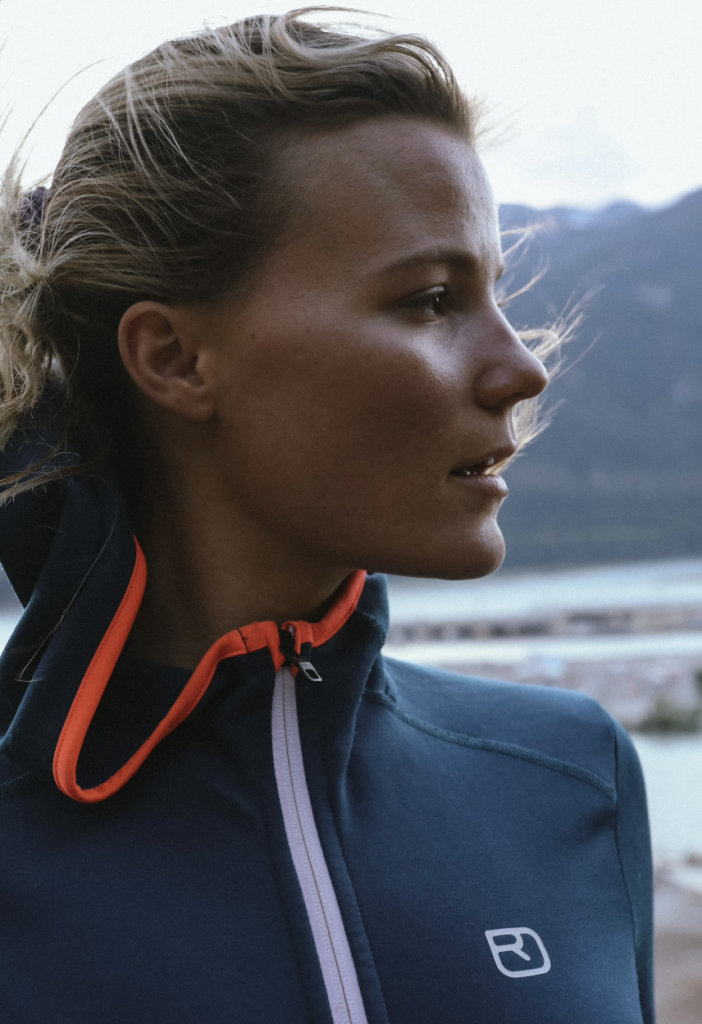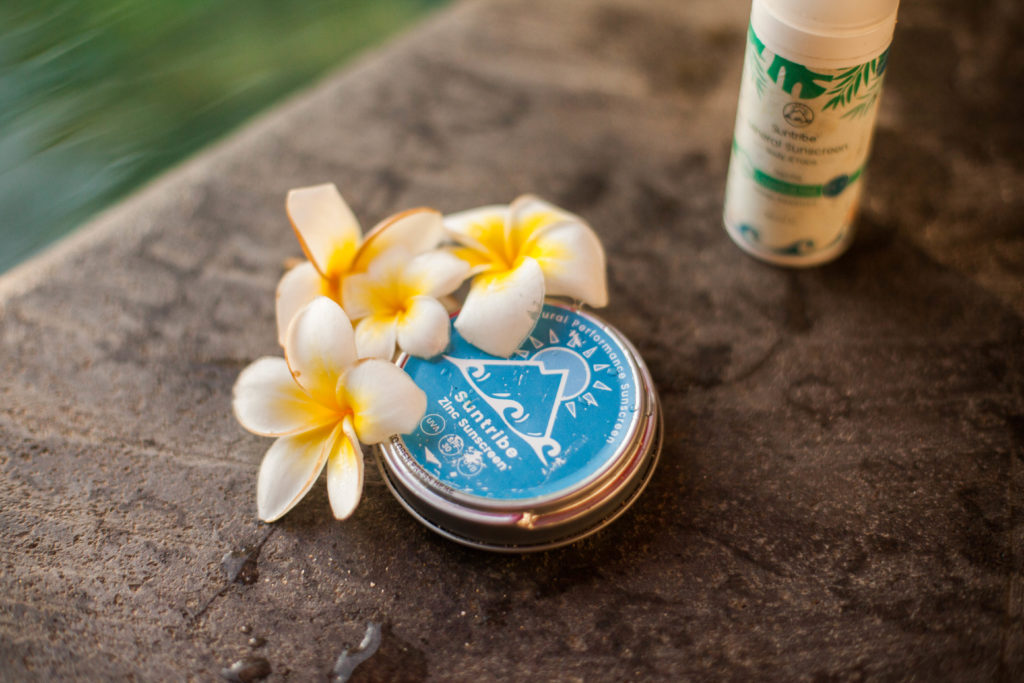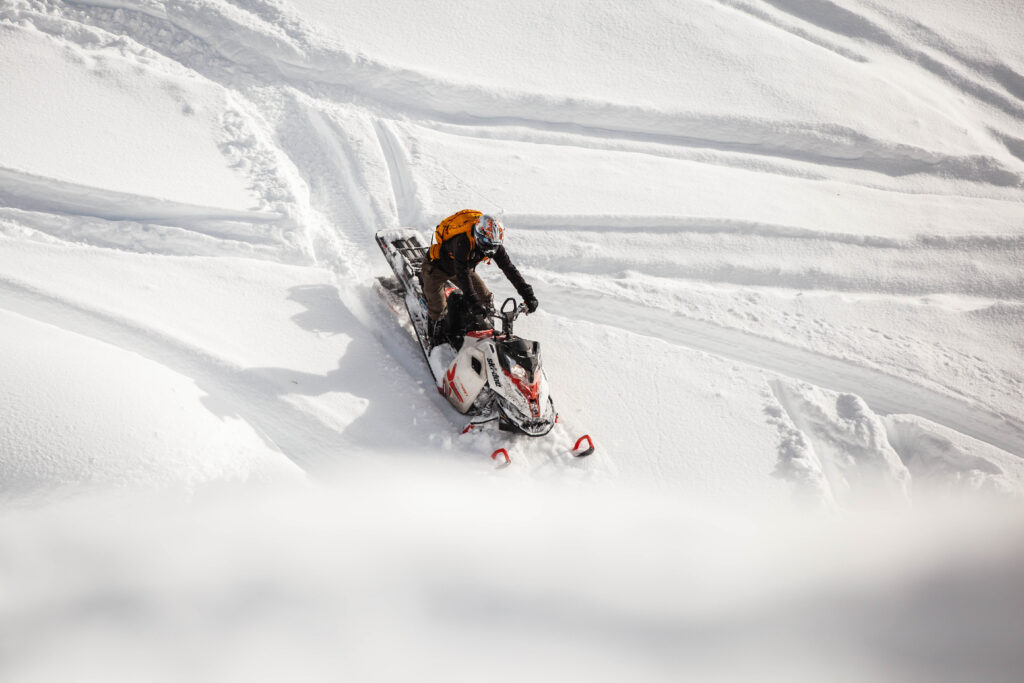
Alenka Mali is a professional snowboarder, BASE jumper, and climber. She specializes in sports and adventure photography. A competitive freeride snowboarder spends most of her time splitboarding around the Sea To Sky corridor, climbing the Alps, and participating in the FWQ series. Alenka is the founder of LUX Snow, her way of sharing the mountain experience with other women.
“I live through sports that make me feel both alive and connected to pachamama. Snowboarding, flying, and climbing are all a form of self-expression. Being in the mountains to me means freedom. Being that much closer to nature, I’m surrounded by like-minded people, who have inspired me to do better and be the change I want to see in the world. I’m a firm believer, that I always have to work hard for anything I want to achieve in life. Deep within us, we are all aware of what we should and shouldn’t do to be happy. We can always feel motivated and powerful enough to create and attract anything we desire.”
Lifestyle and wedding photography
Commercial backcountry & Bike Photography
Photography Workshops & Private Photography Classes

















“My photography has taken me on adventures for projects to Bali, Australia, California, Europe, and South America. I love capturing the visuals of Squamish, and the beautiful Sea to Sky corridor as well. I tend to take every project as a challenge so that I can apply my greatest efforts to it. By delivering my great work, personal service, and expert photography, I ensure that I serve my clients in the best possible manner.
GOOD THINGS HAPPEN WHEN YOU FOCUS ON GOOD. NOTHING POSITIVE EVER CAME OUT OF YOUR COMFORT ZONE, DID IT? LIFE IS ALL ABOUT TAKING CHANCES, PROFESSIONALLY, AND PERSONALLY. IF WE KEEP CHALLENGING OURSELVES, WE CAN ENSURE THAT THE GROWTH WON’T STOP.

I wake up each morning feeling grateful for all the beauty and abundance in my life. Life doesn’t have to be as complicated and demanding as we sometimes make it. It’s about becoming conscious, minimizing the noise, and being grateful.
As people of modern society we have this tendency to seek approval in everyone, but guess what? We can’t be liked by the whole world. And we don’t need someone’s approval to love what we do and keep on doing it if it makes us happy.


